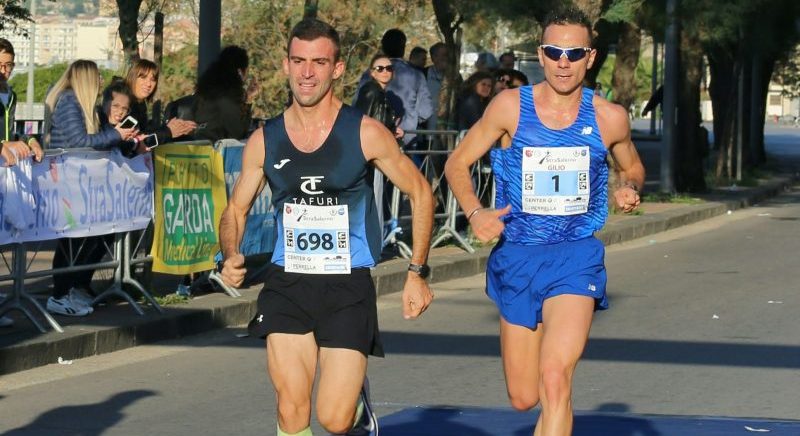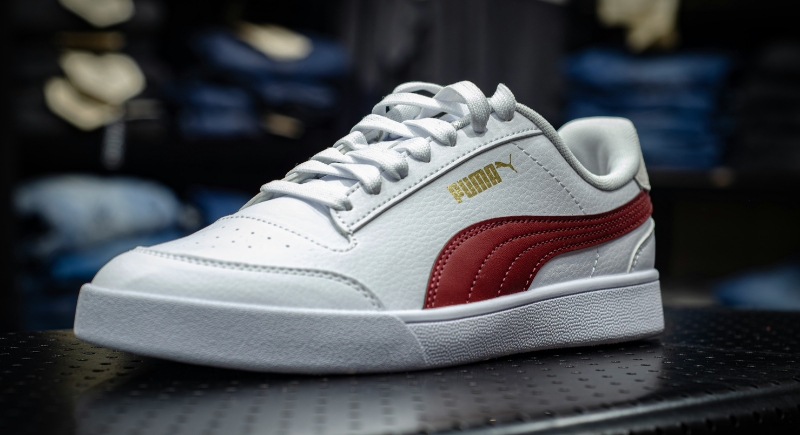Scientists Say This Is the World’s Fastest Running Shoe. Guess Who Made It
Any conversation about super shoes often starts with Nike. The brand changed running forever in 2017 with the Vaporfly 4%, a shoe that studies showed improved running economy by around four percent. That breakthrough pushed marathon records into new territory and forced the sport’s governing bodies to update their footwear regulations. For years, the market felt like Nike’s playground, with Adidas staying close on its heels and others fighting to keep up. That balance might be changing, and the proof is in the lab tests, the podium finishes, and the excitement at the latest Boston Marathon weekend.
Puma stepped back into the spotlight by announcing the Fast‑R Nitro Elite 3, a racer that independent testing says improves efficiency by more than 3.5 percent compared with the Nike Alphafly 3 and Adidas Adios Pro Evo 1. Dr. Wouter Hoogkamer, the biomechanics expert who helped confirm Nike’s original four percent data, led the University of Massachusetts Amherst team that ran the tests. He reported gains for all fifteen athletes who participated, with no one performing worse in the Puma shoe. For context, a 3.5 percent improvement in running economy can cut several minutes off a marathon time for competitive runners. That’s a big enough change to alter race strategies and qualifying standards.
A Different Way to Build a Super Shoe
The Fast‑R Nitro Elite 3 was not a simple refresh. Puma’s engineers used digital modeling, similar to Formula 1 simulation, to study the way runners’ feet strike and roll. They eliminated parts of the shoe that weren’t doing any work. The new model is lighter by about 3.5 ounces compared with its predecessor, coming in at roughly 6.2 ounces in a men’s size 9.5. The brand’s NitroFoam Elite compound combines with a full-length carbon plate shaped to provide more drive and stability without adding weight. That plate extends slightly at the toe and gives runners more leverage during push-off.
Puma’s data-driven approach allowed them to test hundreds of foam and plate combinations virtually before building a single physical prototype. Once the simulations produced promising results, they created the first sample and put it through controlled trials. When the numbers came back favorably, Puma sent pairs to its elite athletes to try in real races. Those tests happened just in time for Boston, one of the most-watched events on the calendar.
Feedback From the First Big Race Weekend

Image via Unsplash/Pietro Battistoni
Taylor Roe, who finished third in the women’s 5K in Boston with a time of 14:57, mentioned that she felt a noticeable difference in weight compared to previous Puma models. Patrick Dever, who finished second in the men’s 5K in 13:35, said the shoe seemed to help most late in the race when fatigue normally drags pace down. Amon Kemboi echoed that by saying the foam felt lively when his legs were drained. Dorcas Ewoi described the shoes as fast and bouncy after winning the women’s mile in 4:43. These are paid athletes, but the range of events and the consistency of their reactions align with the independent lab results.
A shoe like this is designed for long efforts, yet Puma’s milers still chose it. Mick Stanovsek, who finished third in the mile, said Puma’s team used to run tests with both the Deviate and Fast‑R models to decide which to wear. Now they are telling athletes to race in the Fast‑R Nitro Elite 3 every time. The shoe has already started to build a reputation within elite circles, and its performance in Boston will only add to that.
A Fierce Competition for Speed
Nike still holds a strong position with the Alphafly 3, which features a 40 millimeter heel height, a carbon-fiber plate, and forefoot air pockets designed to return energy. That shoe helped Kelvin Kiptum set a 2:00:35 marathon in Chicago and Tigist Assefa break the women’s record with a 2:11:53 run in Berlin. Adidas countered with the $500 Adios Pro Evo 1, built with carbon rods and an ultralight frame weighing 4.9 ounces. Its debut on Assefa’s feet made headlines for how fast and how fragile it seemed, as it was intended for one or two races rather than a training cycle.
Every brand is trying to balance weight, cushioning, and propulsion without breaking World Athletics’ rules. Plates and rods must be shaped to add energy return without creating instability. Foam compounds keep changing to shed grams while still holding up to pounding on the road. According to long-standing studies, a lighter shoe can make a difference of about one percent per 100 grams. These gains stack up, and that is why so many companies have entered this arms race.
Looking Ahead

Image via Unsplash/Zakaria Issaad
Puma plans to release the Fast‑R Nitro Elite 3 more widely after its Boston Marathon pop-up. It has a listed price of $300 and an expected lifespan of about 200 miles. That is typical for super shoes, which sacrifice durability for weight savings and high-rebound materials. The technology that goes into models like this often trickles down into training shoes later.
The race to build the fastest shoe has shifted from a single-brand show to a crowded field with several credible challengers. Nike’s carbon plate revolution sparked this new era, and Puma has now pushed the conversation forward by showing data-backed improvements. It has also given runners, elite and recreational, something to talk about beyond splits and course records.